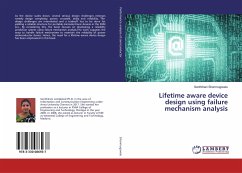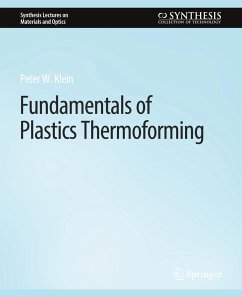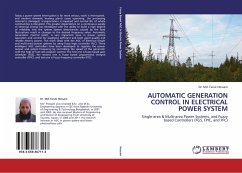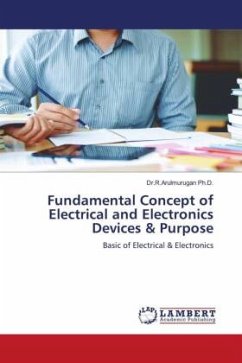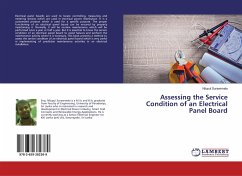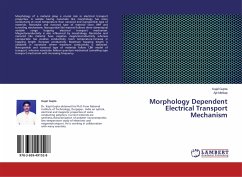
Morphology Dependent Electrical Transport Mechanism
Versandkostenfrei!
Versandfertig in 6-10 Tagen
24,99 €
inkl. MwSt.

PAYBACK Punkte
12 °P sammeln!
Morphology of a material plays a crucial role in electrical transport properties. A sample having nanotube like morphology has more conductivity at room temperature than nanorod and nanoparticle type of materials. Nanotube and nanorod type of material favor VRH and tunneling mechanisms. Nanoparticle like material follows three dimensional variable range hopping electrical transport mechanism. Magnetoconductivity is also influenced by morphology. Nanotube and nanorod like material have negative magnetoconductivity whereas nanoparticle has positive conductivity room temperature.Increase in hoppi...
Morphology of a material plays a crucial role in electrical transport properties. A sample having nanotube like morphology has more conductivity at room temperature than nanorod and nanoparticle type of materials. Nanotube and nanorod type of material favor VRH and tunneling mechanisms. Nanoparticle like material follows three dimensional variable range hopping electrical transport mechanism. Magnetoconductivity is also influenced by morphology. Nanotube and nanorod like material have negative magnetoconductivity whereas nanoparticle has positive conductivity room temperature.Increase in hopping length increases conductivity. Maximum hopping length is obtained in nanotube where maximum conductivity is obtained. Nanoparticle and nanorod type of materials follow CBH model of transport, whereas nanotube follows quantum mechanical tunnelling type transport mechanism with increasing frequency.





